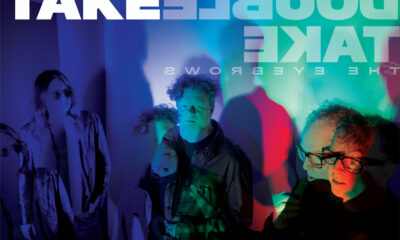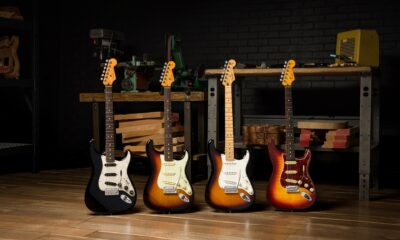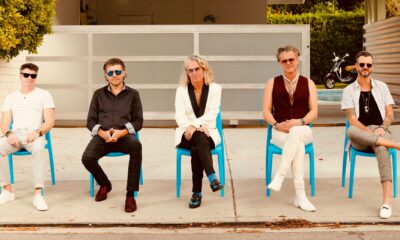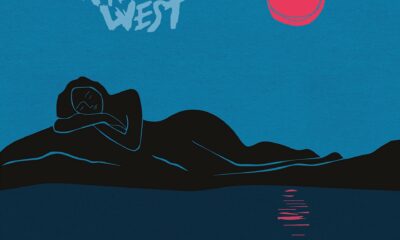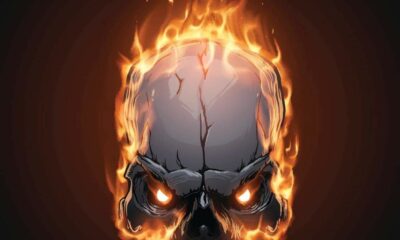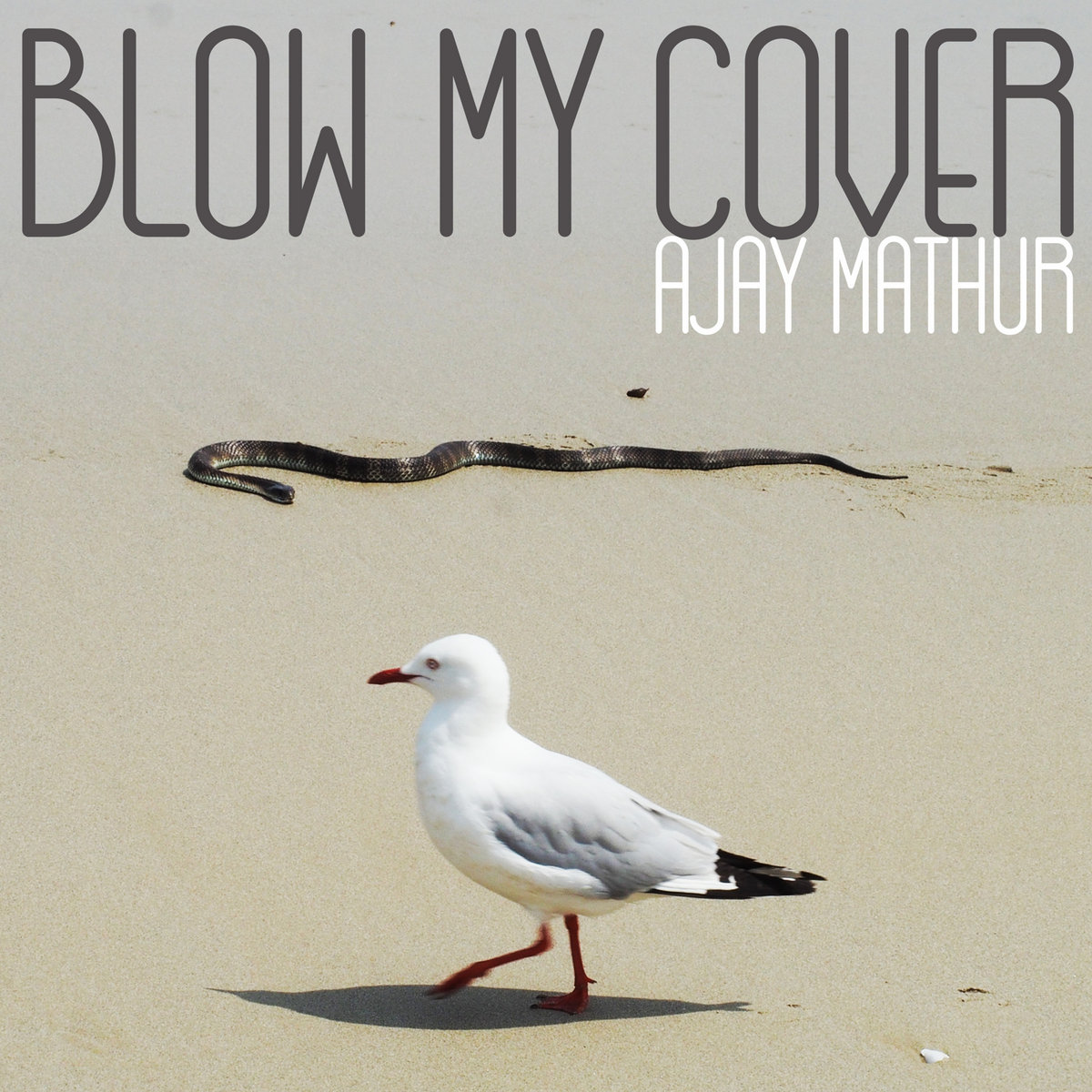Interviews
Bill Bentley Interview Discussing His New Book ‘Smithsonian Rock and Roll: Live and Unseen’ and Surviving 45 Years in Music Biz
We had the pleasure of doing Q&A with Bill Bentley who opened up about the book Smithsonian Rock and Roll: Live and Unseen, but also discussed other facets of his career in music.
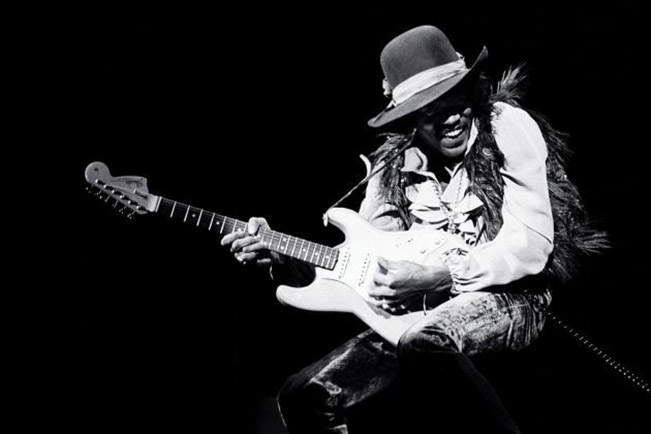
In his 45 years within the music industry, Bill Bentley has been a drummer, a record producer, an A&R man, a writer/editor, a concert promoter, and a record store clerk. The release of Smithsonian Rock and Roll: Live and Unseen through Smithsonian Books also makes Bentley a proper author. Smithsonian — as released on October 24th — features 142 artists spanning more than six decades of music history, including The Who, The Rolling Stones, Metallica, Aretha Franklin and Chuck Berry. The photos chosen were crowdsourced and selected from thousands of submissions.
On behalf of PureGrainAudio, I had the pleasure of doing Q&A with Bill Bentley himself. He opened up about the book, but also discussed other facets of his career in music. More on Bentley and the book can be found on the Smithsonian Books website.
Check out a poignant interview with Bill Bentley.
How would you describe Smithsonian Rock and Roll: Live and Unseen to someone who hasn’t yet read about it?
Bill Bentley: Smithsonian Rock and Roll: Live and Unseen is a wide-ranging collection of photographs that capture the origins and evolution of rock and roll in all its glory. And hopefully it’s as exciting to look at as the music is to hear.
A lot of the material for this book was crowd-sourced. Where did that idea come from?
Bentley: Smithsonian Books celebrates all aspects of American life, and felt rock & roll is a huge part of the country’s culture. And what better way to present that culture than photographs taken by those who love it most: the fans.
How long did it take to put together the book?
Bentley: It took a year and a half to collect the 4,000 images that were submitted to the Smithsonian website, choose which ones will be used and then write, design and produce the book. As it came together, it felt like something was coming to life in front of our eyes.
Is there a photograph or section of the book that means the most to you?
Bentley: So many of the photos mean so much to me, starting with the one of Elvis Presley singing without his guitar. When I was six and first saw him sing “Hound Dog” on the Ed Sullivan Show, I knew rock & roll would be my life. I don’t know why I knew it, but I did. And then the live photo of The Rolling Stones in 1965 reminded me of seeing them then, and how they gave me a direction in my life. I started playing drums when I first heard them in 1964, and never looked back. And then there’s The 13th Floor Elevators in 1966 performing in Houston; I can seen myself in the audience in the photo of Tommy Hall playing electric jug.
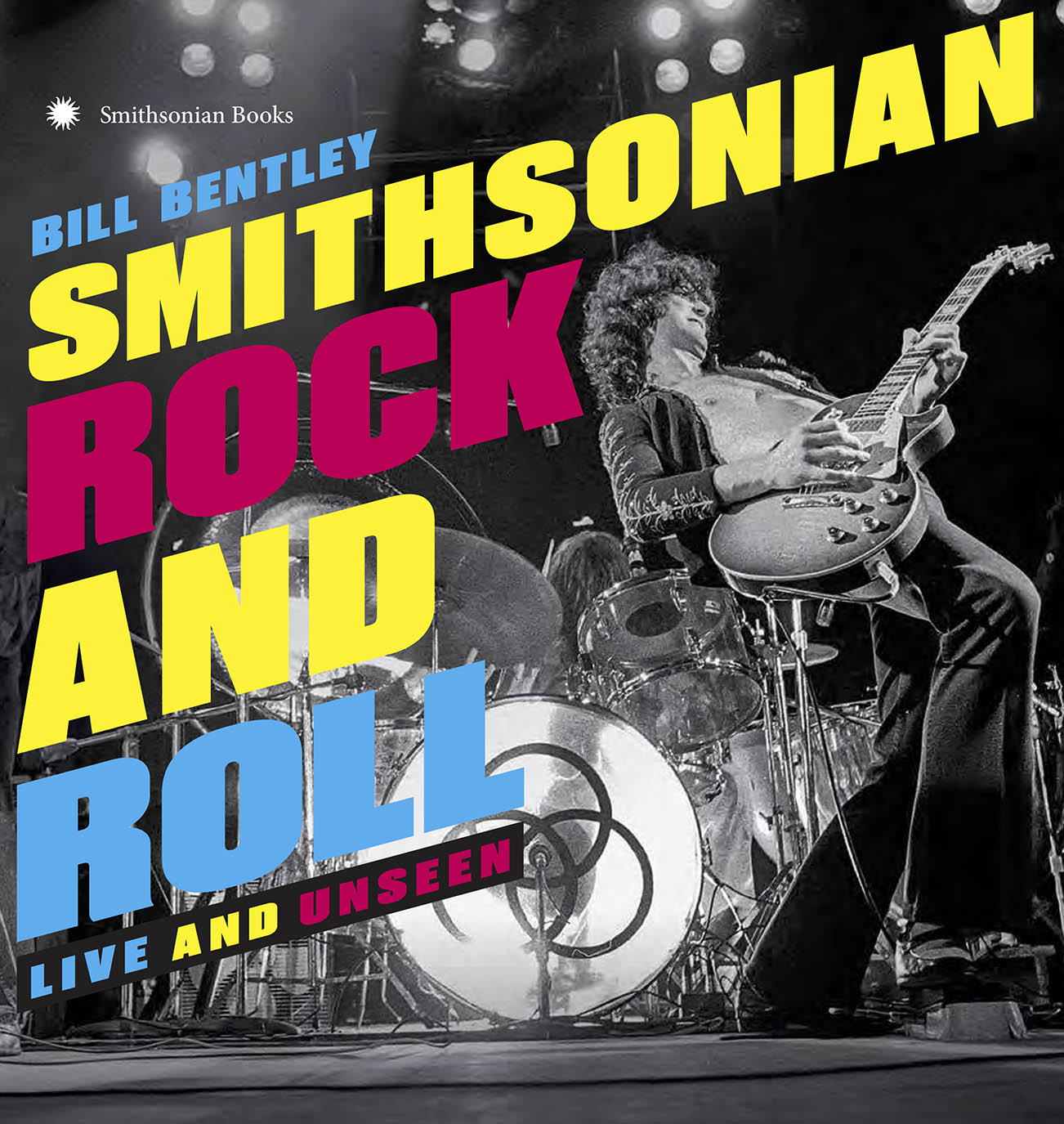
You had compiled around 4,000 images for the book through crowd-sourcing. Assuming there are some good leftovers, are there plans to do a followup book?
Bentley: It would be a dream come true to do a followup book. As someone who’s worked in the music business in one form or another for 45 years, rule number one is always “never say never,” and continue to shoot for the stars. So Volume II is definitely on my wishlist for the future.
A lot of major musicians have said kind things about you, like Elvis Costello, Billy Gibbons and Lou Reed. Do you remember the first major star that was especially friendly to you?
Bentley: When I first met Billy Gibbons we were both 13 years old and he was in a Houston band called the Coachmen and I was in the Aggregation. We played some of the same teen clubs and were in battle of the bands, which Billy’s band always won. But we bonded over music and have stayed friends ever since, sharing a lifetime of sounds and adventures. I have been one of the luckiest people in the world in meeting so many incredible artists and getting to work with them and share a friendship. When we were teenagers and used to follow Lightnin’ Hopkins around Houston I felt like I’d won the biggest prize in the world, and still feel that way to this day. Life is all about appreciating the great things that come your way, and knowing how special they are at the time.
You’ve been a writer, a publicist, a concert promoter, a producer and on the A&R side. Did you ever think about getting into management?
Bentley: Funny you should ask. I always steered clear of management because I didn’t feel I had the right kind of personality to really do all the pushing-and-shoving that goes with it. But recently I have joined with a company to co-manage an artist. For a few years I worked as an in-house publicist for Elliot Roberts and Lookout Management, who have represented Neil Young for almost 50 years. I learned firsthand from the best there, and hopefully I can use some of what I learned in my new endeavor.
Is there something you’re still hoping to accomplish within the music business?
Bentley: I’m hoping to write more books, see if management actually does suit me, and still discover a new artist or two, which has to be the greatest thing of all in music. I was lucky enough to be at the start of the careers of people like Stevie Ray Vaughan, Los Lobos, Dwight Yoakam and Gary Clark Jr., and to see what they’ve been able to create is such a thrill. There’s nothing really like it, because it’s like watching someone build a rocket ship and then actually launch it into outer space.
Check out 13th Floor Elevators performing their song “You’re Gonna Miss Me”.
Book aside, any new or upcoming projects of yours that you can talk about?
Bentley: In 1983 I meet a Texas singer-songwriter who was one of the most talented artists I ever heard. He’d had a snake-bit career, made an album for Warner Bros. Records that was pulled from distribution, lost it all and then made his way back as one of the most successful songwriters of the ’80s and ’90s. He started his professional career when he was 16 playing with Little Richard in a band with another guitarist named Jimmy James, who went on to become Jimi Hendrix. I feel like I have to make a movie about him, and am working on it. Unfortunately I can’t say who it is right now. Stay tuned on that one.
When not busy with music, how do you like to spend your free time?
Bentley: It’s odd when your profession and your hobby are the same thing, which is music. So I have two record stores near me I go to at least once a week, still attend a lot of live shows and love spending time with my family, whether it’s outdoors in the hills near our home or just in our neighborhood. And I ride the bus to and from work in Los Angeles, which is a whole other hobby in itself. I majored in psychology at the University of Texas in Austin and people always fascinate me no end, and the buses in L.A. are definitely full of fascinating people.
What was the last concert you attended for fun?
Bentley: I went to see Lucinda Williams at a small theater in Malibu last week, and then saw her again opening for Tom Petty & the Heartbreakers the next night at the Hollywood Bowl. Both shows were thrilling, and considering Williams and Petty started their music careers in the early ’70s it’s a real inspiration to see them both at the very top of their game all these years later.
What has been your favorite album of 2017?
Bentley: Scott Nolan‘s Silverhill. He recorded it in two days in Alabama and each song feels like a letter from a best friend you haven’t met yet. That’s what music is for.
Finally, Bill, any last words for the kids?
Bentley: Always believe in yourself, and as Lou Reed told me in 2002 when our record label was ignoring him, don’t let anyone else tell you what to do. And be kind, because in the end that’s what matters most of all.
Featured Image: Jimi Hendrix at the Fillmore East, New York City, May 10, 1968
Credit: Steve Banks / Studio 6 / Smithsonian Books
-

 Music5 days ago
Music5 days agoTake That (w/ Olly Murs) Kick Off Four-Night Leeds Stint with Hit-Laden Spectacular [Photos]
-

 Alternative/Rock7 days ago
Alternative/Rock7 days agoThe V13 Fix #010 w/ High on Fire, NOFX, My Dying Bride and more
-

 Alternative/Rock2 weeks ago
Alternative/Rock2 weeks agoA Rejuvenated Dream State are ‘Still Dreaming’ as They Bounce Into Manchester YES [Photos]
-

 Features5 days ago
Features5 days agoTour Diary: Gen & The Degenerates Party Their Way Across America
-

 Culture1 week ago
Culture1 week agoDan Carter & George Miller Chat Foodinati Live, Heavy Metal Charities and Pre-Gig Meals
-

 Music1 week ago
Music1 week agoReclusive Producer Stumbleine Premieres Beat-Driven New Single “Cinderhaze”
-

 Alternative/Rock1 week ago
Alternative/Rock1 week agoThree Lefts and a Right Premiere Their Guitar-Driven Single “Lovulator”
-
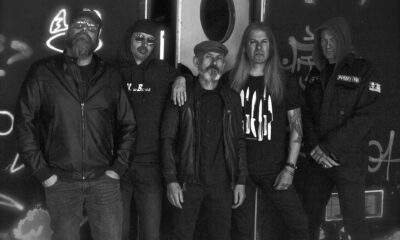
 Alternative/Rock2 weeks ago
Alternative/Rock2 weeks agoDeath Wishlist Are Fiery and Fierce with Their “I Get Bored” Video Premiere

